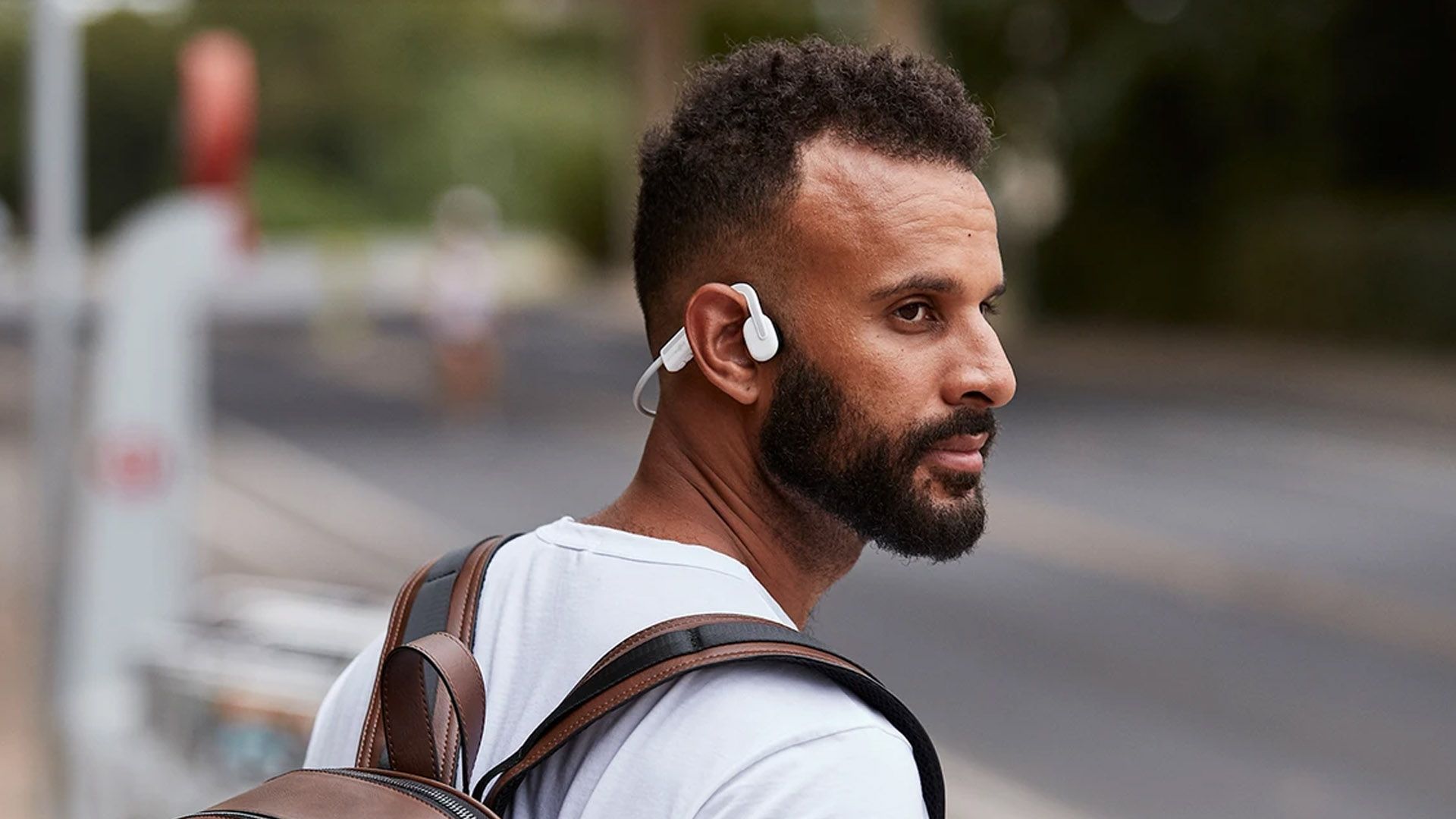How Do Bone Conduction Headphones Work? Shocking Insights Here!
In the realm of audio technology, one question has sparked curiosity among both audiophiles and casual listeners: how do bone conduction headphones work? This innovative technology represents a remarkable shift in how we experience sound. For professional photographers who often deal with high-energy environments while capturing stunning images, knowledge about such technology can be truly life-changing.
Bone conduction headphones have gained visibility due to their unique ability to transmit sound without obstructing the ears. This means that users can listen to their favorite tunes or vital audio cues while remaining aware of their surroundings. But how exactly does this work? Dive deeper with us as we dissect the mechanics and benefits of these headphones!

Understanding Bone Conduction Technology
To grasp how bone conduction headphones function, its vital to understand the science behind bone conduction technology. Typically, traditional headphones send sound waves through the air. In contrast, bone conduction headphones bypass the outer ear and eardrum by sending vibrations directly through the bones in your skull.
The process begins when vibrations generated by the headphone transducers are transmitted to the bones of the skull. These vibrations then stimulate the cochlea in the inner ear, allowing sound to be heard without the need for air conduction. This method not only enhances the auditory experience but also has implications for individuals with hearing impairments.

Why Photographers Should Consider Bone Conduction Headphones
For professional photographers, staying connected with the shooting environment is crucial. Bone conduction headphones offer several advantages that make them a terrific choice in the field:
- Situational Awareness: Since they dont cover the ears, photographers can maintain awareness of their environment, ensuring they dont miss key moments.
- Comfort: Long shooting sessions can lead to discomfort from traditional headphones. Bone conduction headphones are typically lightweight and ventilated.
- Communication: While shooting, being able to listen to audio cues, such as instructions from a team or urgent communication, becomes seamless without sacrificing awareness.

Types of Bone Conduction Headphones
There are various types of bone conduction headphones available, catering to different preferences and requirements:
1. Open-Ear Design
This design is perfect for those who prefer to keep their ears unobstructed. Ideal for outdoor shoots, it helps photographers hear ambient sounds while enjoying their audio.
2. Wrap-Around Design
A secure fit is essential when capturing fast-paced action shots. This design ensures that the headphones stay in place, regardless of movement.
3. Sports-Oriented Models
These headphones are crafted from durable materials, designed to withstand sweat and exposure to the elements, making them suitable for adventurous photographers.

How to Choose the Right Bone Conduction Headphones for Photography
Selecting the appropriate bone conduction headphones as a photographer involves considering several factors:
- Sound Quality: Look for models with quality sound production to ensure clarity while you capture important sounds.
- Battery Life: Long battery life is essential for extended shoots. A pair with efficient power consumption will be beneficial.
- Comfort Fit: Since you might be wearing them for long periods, ensure they provide a comfortable fit.
Consider the Surrounding Environment
When choosing your headphones, consider the environment in which you will be shooting. If you'll be in a noisy area, investing in quality bone conduction headphones that can effectively counter background noise can make a significant difference.
Common Misconceptions About Bone Conduction Headphones
Despite their numerous benefits, there are some common misconceptions surrounding bone conduction headphones. Lets address a few:
- Sound Quality: Many believe that bone conduction headphones compromise sound quality. However, advancement in technology has led to remarkable improvements in audio clarity.
- Not for Music: A prevalent myth is that these headphones are unsuitable for music lovers. In reality, many users report excellent audio experiences, especially for podcasts and audiobooks.
Reviews and Recommendations
When it comes down to quality, models like the AfterShokz Aeropex have garnered positive feedback from users, including photographers. For further reading on various options, check out this informative article.
Connecting Bone Conduction Technology with Photography
Understanding how bone conduction headphones work can significantly impact your workflow as a professional photographer. They allow you to stay in tune with the auditory environment, capturing not only stunning images but also preserving essential sound bites for your projects.
Conclusion
In a world where audio experiences continue to evolve, the question of how do bone conduction headphones work leads us to a compelling exploration of innovation. For professional photographers, integrating this technology into your toolkit can facilitate a remarkable leap in capturing moments while remaining connected to your surroundings.
Frequently Asked Questions
1. Can bone conduction headphones damage hearing?
Bone conduction headphones do not harm hearing, as they do not directly transmit sound through the eardrum.
2. Are bone conduction headphones suitable for all music genres?
They perform well for various genres, though personal preference may vary among users.
3. How long do the batteries in bone conduction headphones last?
Battery longevity can vary by model, but many offer up to 8-10 hours of use on a single charge.
As an Amazon Associate, I earn from qualifying purchases.
As an Amazon Associate, I earn from qualifying purchases.

